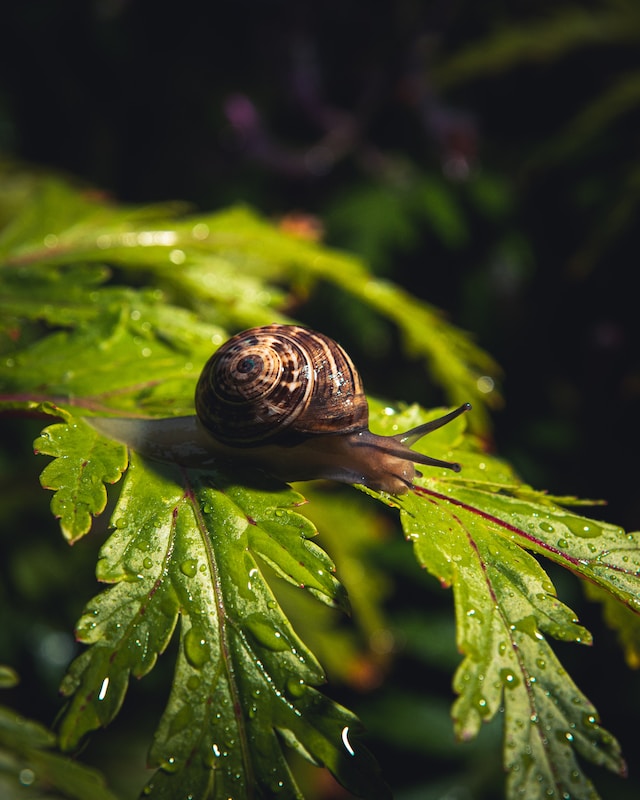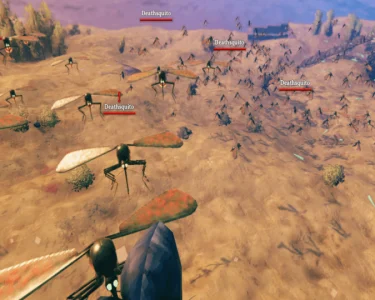Snails, with their seemingly leisurely pace and distinctive walking positions, have perfected the art of movement through millions of years of evolution. The variety of walking positions observed in different snail species highlights their remarkable adaptability and serves as a testament to their ability to survive and thrive in diverse environments. In this article, we delve into the fascinating evolution of snail walking positions, exploring how these adaptations have shaped their survival strategies.
- The Role of Habitat: Snails inhabit a wide range of habitats, from lush forests to arid deserts, each presenting unique challenges and opportunities. The evolution of snail walking positions is closely tied to their respective habitats. For instance, land-dwelling snails, such as the garden snail (Helix aspersa), have developed a curved and arched walking position that allows for effective movement on various terrains, including vegetation and soil. This adaptation aids in navigating uneven surfaces while maintaining balance.
- Environmental Pressures: Environmental pressures exert a significant influence on the evolution of snail walking positions. Factors such as temperature fluctuations, moisture levels, and predation risk have shaped the specific postures observed in different species. In colder environments, snails may assume a more compact and retracted walking position to conserve heat and minimize exposure. In contrast, in warmer and wetter climates, snails adopt more elongated positions to dissipate excess heat and efficiently navigate moist surfaces.
- Predation and Defense Mechanisms: The evolution of snail walking positions is also intertwined with predation and defense strategies. Snails face numerous threats from predators, including birds, reptiles, and mammals. As a result, some species have developed walking positions that enhance their ability to conceal or protect themselves. By adopting a lower and more flattened position, snails reduce their visibility and minimize the risk of detection. Additionally, certain snails possess intricate shell patterns or spines, further deterring potential predators.
- Adaptive Morphology: The morphology of snails, including the shape and size of their shells, is intricately linked to their walking positions and overall movement. Through evolution, snails have developed shells that provide optimal weight distribution, balance, and protection. The curvature and structure of the shell influence the snail’s center of gravity and its ability to maintain stability during locomotion. Such adaptations allow snails to traverse a variety of surfaces with relative ease.
Conclusion:
The evolution of snail walking positions showcases the remarkable adaptability and survival strategies honed over millions of years. Through a combination of habitat-specific adaptations, response to environmental pressures, and defense mechanisms against predation, snails have developed unique walking positions that optimize their movement, stability, and overall survival.
By studying the evolution of snail walking positions, we gain a deeper understanding of the intricate relationship between organisms and their environments. These remarkable adaptations highlight the diversity of life on our planet and offer insights into the extraordinary ways in which organisms have evolved to thrive in their respective niches.
As we encounter snails in our surroundings, let us appreciate their extraordinary ability to adapt and survive through their distinct walking positions. Each posture represents a chapter in the evolutionary story of snails, reminding us of the marvels of nature’s ingenuity.
Disclaimer: This article provides a general overview of the evolution of snail walking positions. For a comprehensive understanding of specific species or further scientific research, consultation with experts is recommended.




